Your appliances are watching. Fitted with cameras and proximity sensors and powered by advanced software and algorithms, they can remember what homeowners like to eat and when they like to eat it. They’ll remind consumers when it’s time to preheat the oven and will keep track of ingredients and perishable items. They can see homeowners coming and going—and that’s all before these appliances are even connected to the net.
“Incorporating smart technology into appliances is really about enhancing the consumer experience, regardless of connectivity,” explains Whirlpool Corp. Global Brand Studio senior industrial designer Christopher Gregory , who says technologists are increasingly looking to establish a “why” behind the “what” of proliferating product features.
The Smart Appliances collection is now available in a fingerprint-resistant Sunset Bronze finish and boasts scan-to-cook tech nology that preheats ovens for optimal temperatures based on packaged-food UPC barcodes. Users can download and customize dishwasher cycles, and appliances track cooking habits and water and ice use.
“The opportunities surrounding the Internet of Things are endless, as there is always room to make appliances and their applications smarter and more intuitive,” agrees Tom Halford, vice president of premium and builder brands at Samsung Electronics America. “Meeting the needs of every consumer and delivering meaningful innovations across the board is the challenge,” he adds.
Samsung’s SmartThings platform, for example, connects the Family Hub refrigerator with third-party–compatible connected devices so consumers can see what’s inside their fridge when they’re shopping; leave a note on the whiteboard to remind the kids to clean their rooms; order groceries; pull up news; or check their week’s schedule without ever leaving the kitchen.
The line of built-in connected kitchen appliances from Samsung includes wall ovens, range tops, and range hoods. Wall ovens have rapid preheat and dual heat zones, and range-top temperatures and range-hood LED lights can be monitored and controlled remotely via smartphone.
At Whirlpool, proximity sensors in the company’s smart appliances power up lights and will scale font displays larger when users walk away, so screens can still easily be read from across the room. Sounds, too, are getting an upgrade as designers depart from loud beeps to a more symphonic user experience.
“We’re trying to be purposeful and intentional in our designs to incorporate and anticipate not just useful technologies and functionality but also broader trends in lifestyle products, consumer electronics, media, and even fashion,” Gregory says. “We’re using polyphonic speakers to provide more of a lush soundscape and want appliances across a collection to have distinctive sounds but be in key and in harmony as well.”
The KitchenAid Platinum Architect French door refrigerator uses an ethylene-absorption cartridge to help extend the freshness of produce by 25 percent. The fridge interior features glossy walls and LED lighting designed for high color contrast, and a three-tier freezer drawer provides organized storage and easy access.
Appliance manufacturers are also looking to create greater value for homeowners by leveraging smart technologies to track durable-good inventories and extend perishable items’ shelf life. As Beko gains a foothold in U.S. markets, the Turkish appliance maker is emphasizing healthconscious features to differentiate its collections.
“We don’t want to be a ‘me-too’ brand or offer ‘me-too’ functionality,” says Beko USA director of product management Salih Zeki Bugay . “Our proprietary EverFresh+ super crisper feature keeps vegetables and fruits fresh up to 30 days, and we’re applying blue-light technology to imitate sunlight inside the refrigerator so foods can maintain vitamin levels longer.”
Newly introduced to the U.S. market, this refrigerator uses active blue-light technology to prolong fruit and vegetable shelf life. One compartment provides rapid freezing, the EverFresh+ humidity-adjusted crisper extends green vegetable freshness, and an eco function puts the appliance in sleep mode if the door hasn’t been opened for six hours.
For foods past their expiration date, Whirlpool has introduced the Zera Food Recycler. Winner of the 2017 Consumer Electronics Show award for Best of Innovation in Eco-Design and Sustainable Technologies, the mobile-app–enabled appliance converts food waste into compost in as little as 24 hours.
As appliance/homeowner interactivity increases, design aesthetics, in contrast, are leaning toward concealing appliances within the roomscape. Straight and clean lines, flat fronts, and matched cabinetry veneers aim to blend boxes into their interior spaces, even as functional control becomes a conversation between user and machine. “The more money consumers spend on the kitchen, the less they want to show,” Bugay says. “Customers are hiding appliances to bring the center of attention in the kitchen back to islands and social areas, so there is a corresponding attempt to hide the technology in a look that becomes very full-flush.”
The brand offers a variety of appliances that can be controlled by its Home Connect app or Amazon Alexa. Dishwashers detect/report leaks; ovens can be preheated and shut off remotely; and laundry units provide energy and water consumption data for each load.
Of course, all markets have their regional differences, and alternatives to the contempo tech trend are available across a variety of price points for homeowners with different design directives. “The stronger, overriding trend is that consumers are tired of the same old, same old,” says Tony Dowling, vice president of sales and marketing for Elmira Stove Works. “A lot of manufacturers are saying: Enough with the stainless steel and the sterile square boxes... color is the next place we need to be.”
For residential contractors trying to navigate appliance options as machines smarten up, allying with designers and fi lling a consultative role for homeowners can help boost both budgets and margins. That revenue could become more critical as manufacturers begin to push technology and functionality updates to machines via the net, extending appliance life and creating longer periods between remodeling projects.
“The biggest issue is not product-driven as much as it is becoming a partner in the decision-making process,” Dowling says. “High-end purchases are being heavily influenced by designers and contractors. People are spending more on renovations and want someone to walk them through it, so the impact that the professional builder community can have is huge”—at least until the machines can figure out how to replace themselves.
This story originally appeared in the March/April 2018 issue of PRODUCTS magazine. See the print version here.

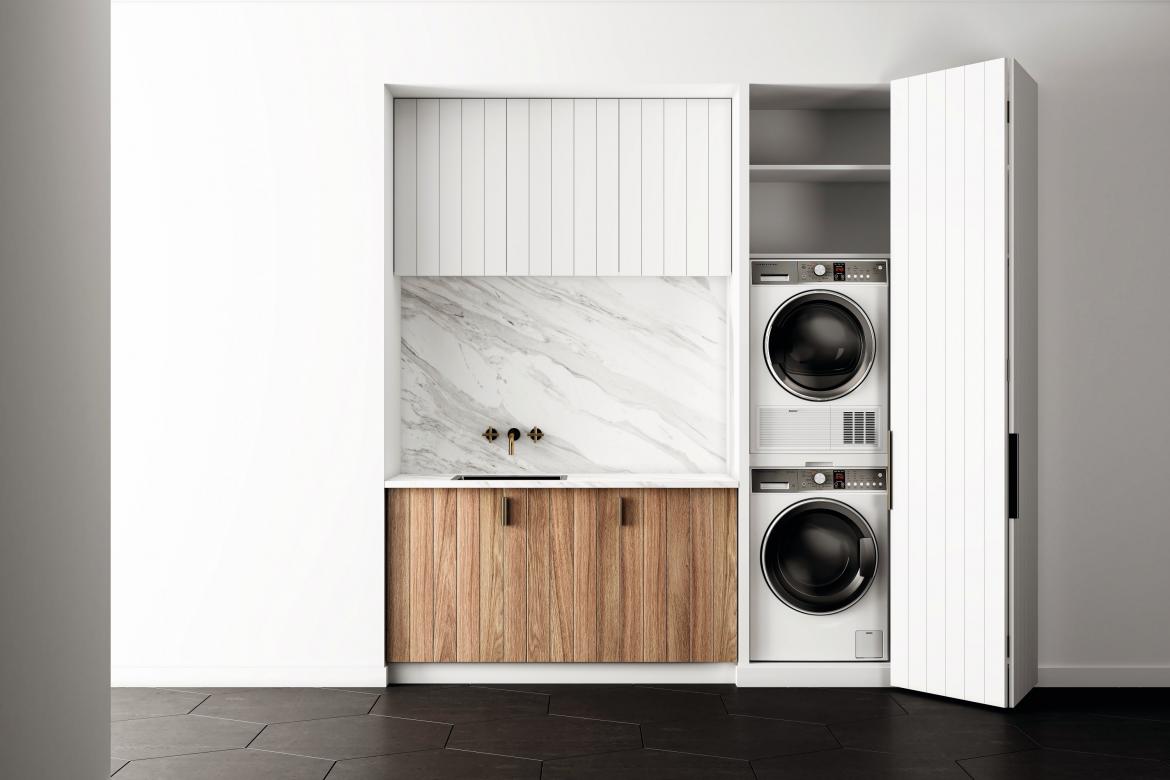
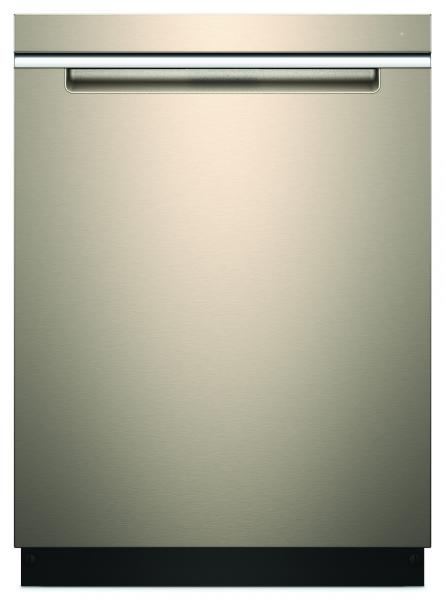
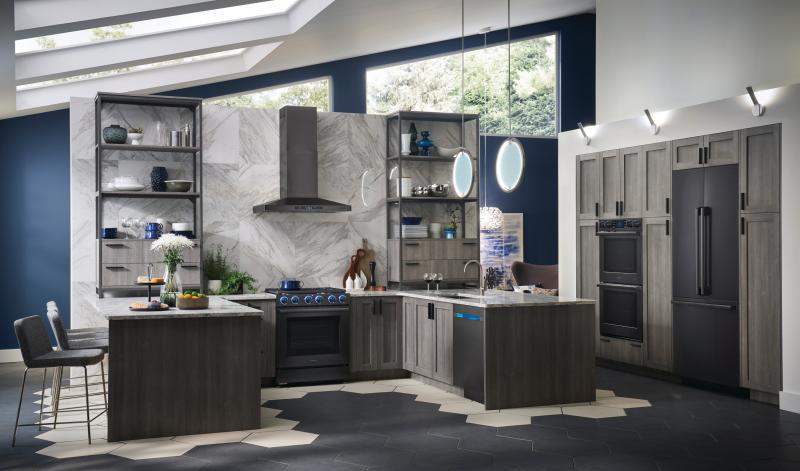
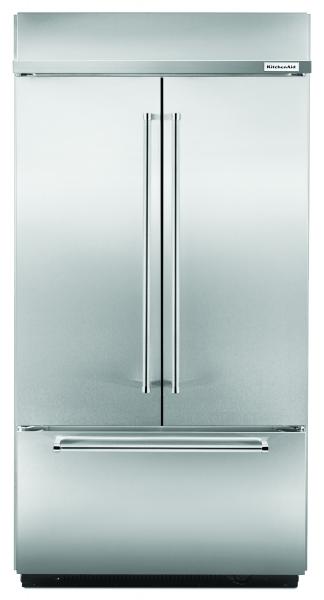
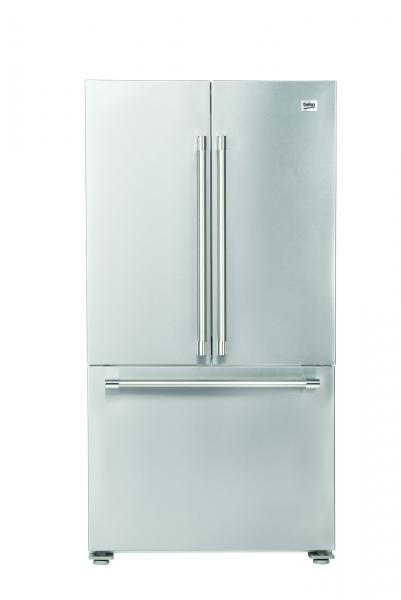
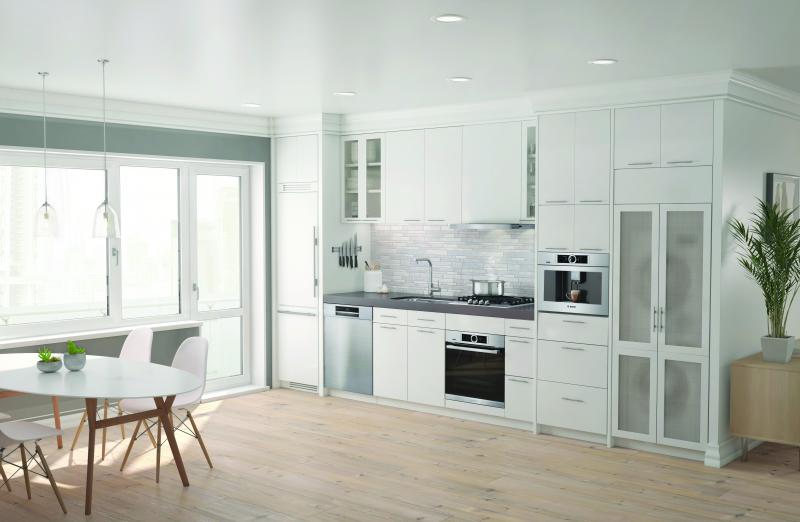
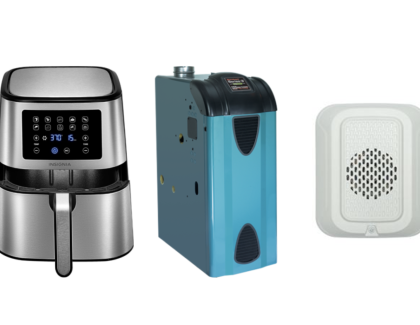

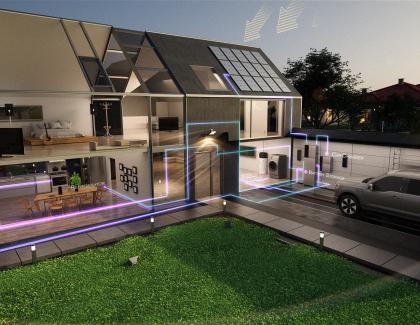
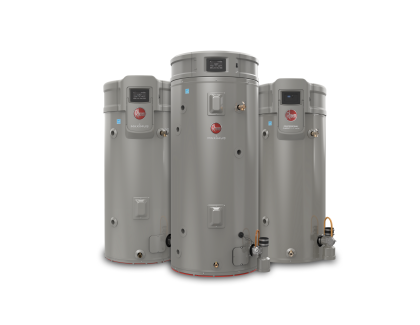

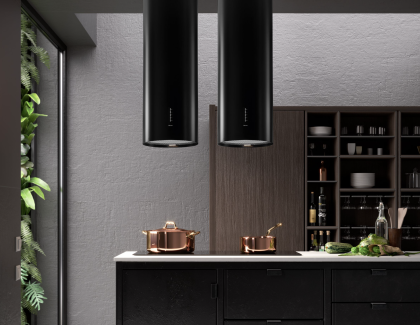
Add new comment